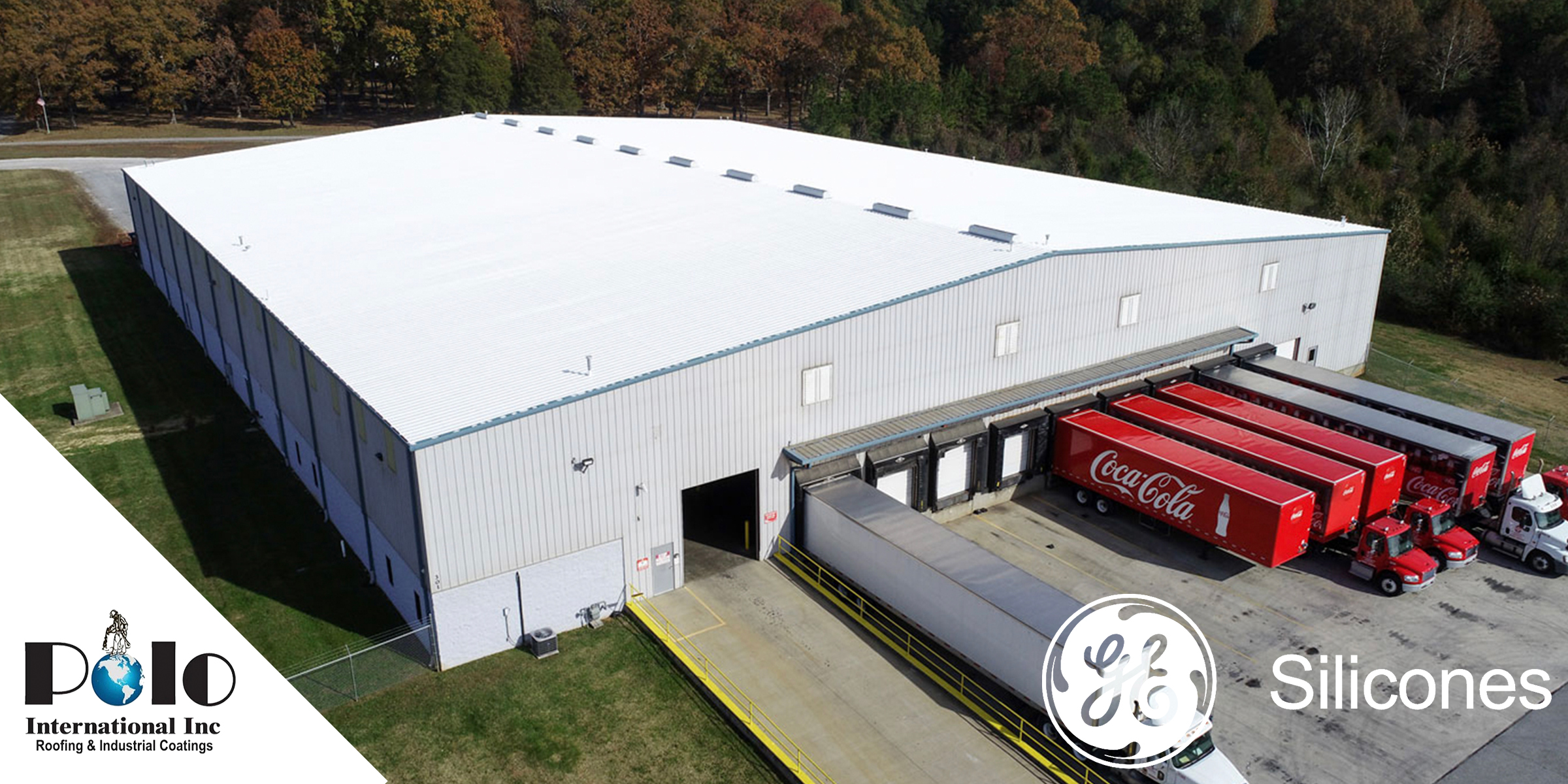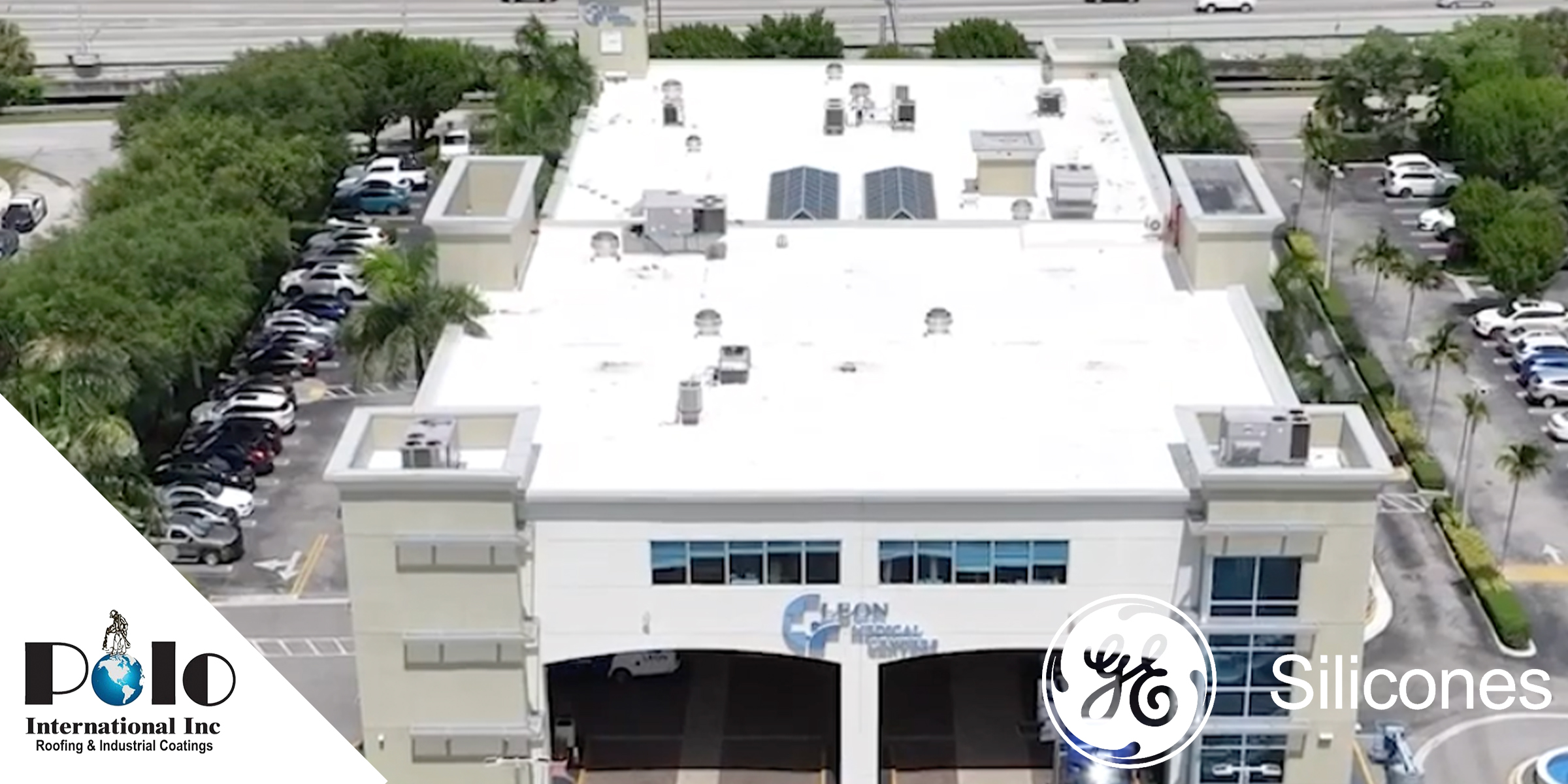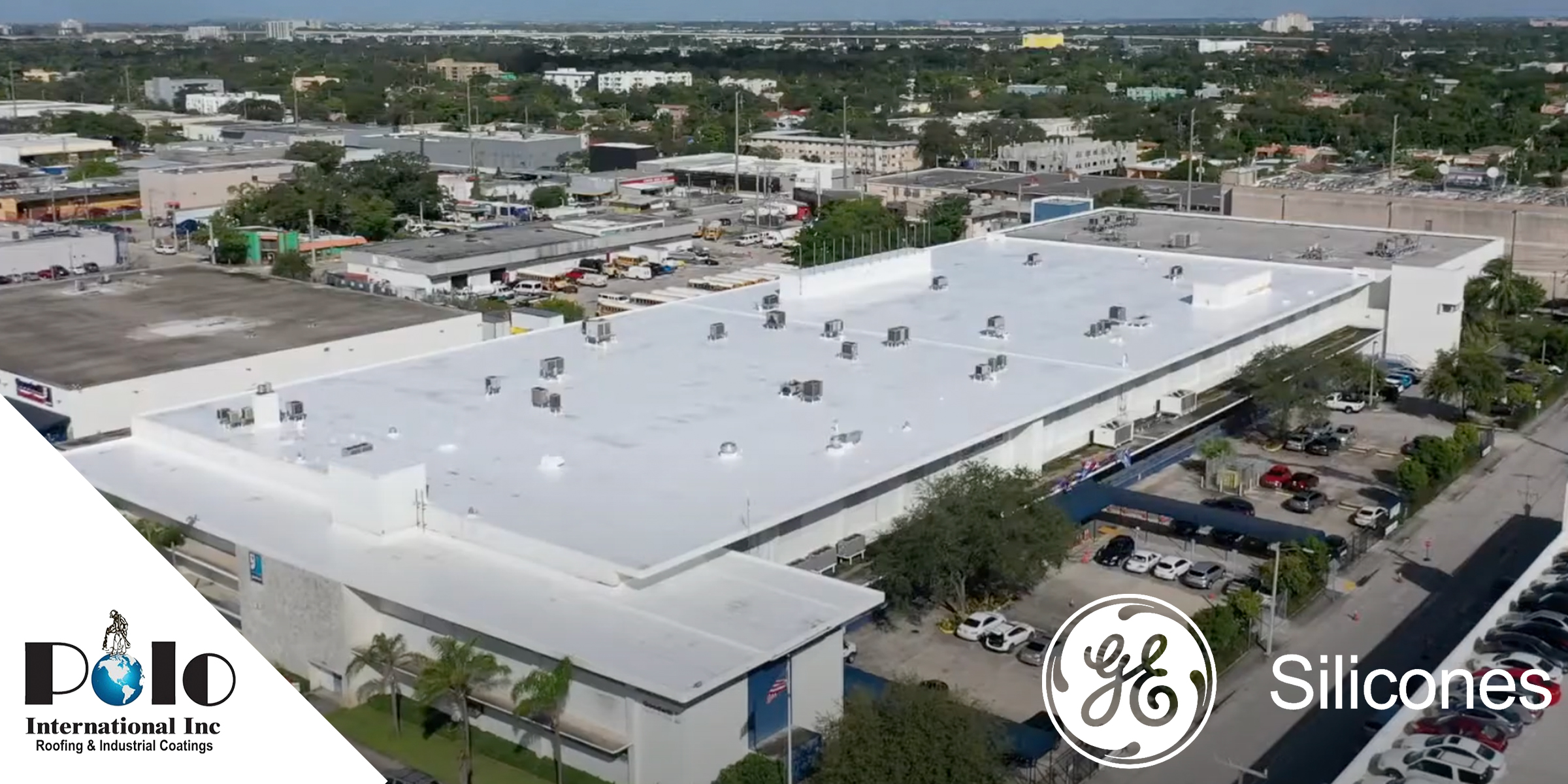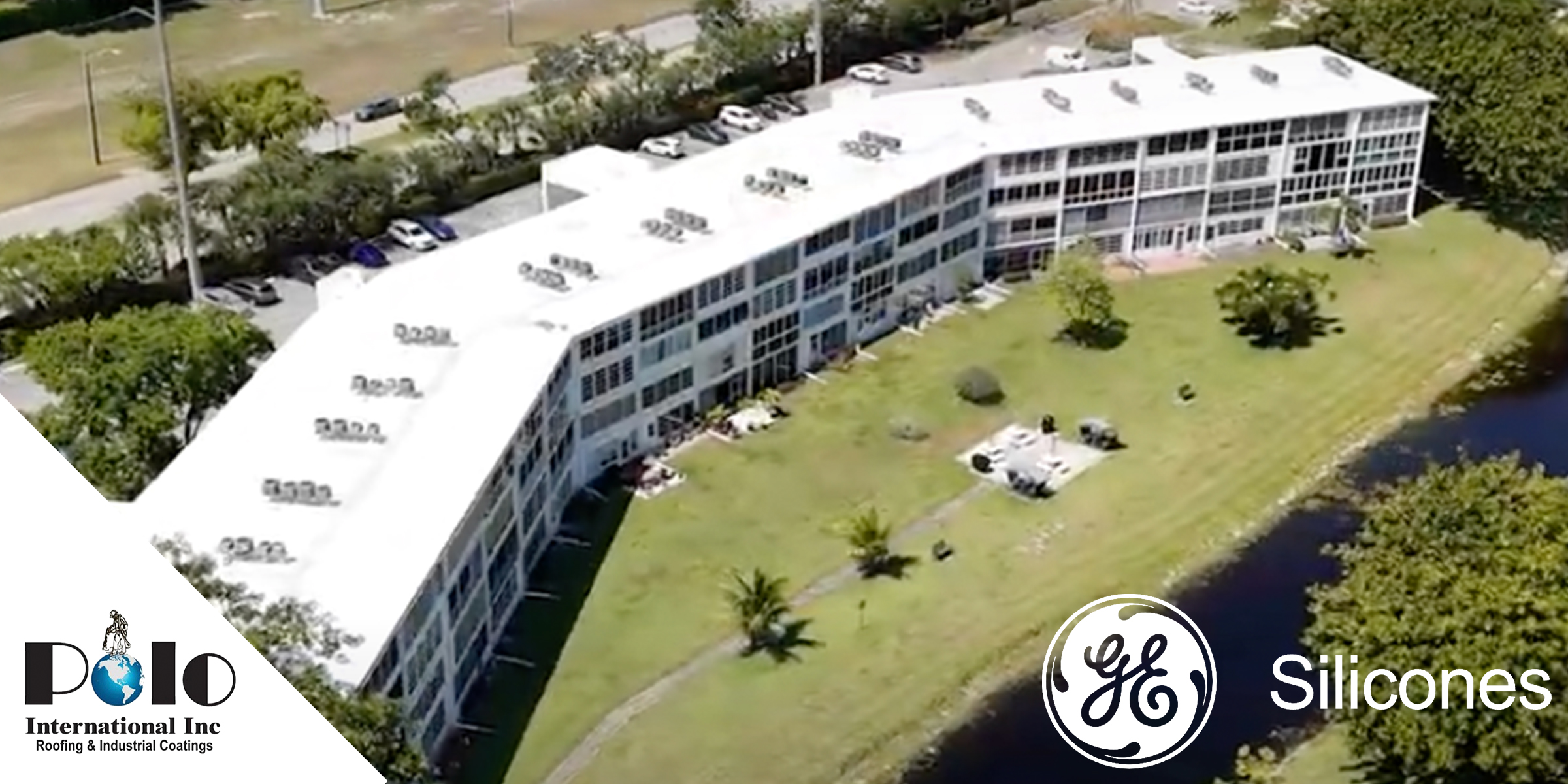
Can Your Roofing Solution Contribute to a Greener Planet?
Many commercial property managers are seeking sustainable building practices that align with environmental goals while also offering cost efficiencies. Spray Foam Roofing, particularly with polyurethane roof coatings, presents an innovative solution that checks both these boxes.
At Polo International, we specialize in providing roofing systems that not only protect commercial and industrial buildings but also support ecological initiatives. Utilizing advanced materials from top manufacturers like GE Silicone, Carlisle, HENRY Co, and Everest Systems, our Spray Foam Roof Installations offer a myriad of benefits. They improve your building’s energy efficiency by providing superior insulation, which reduces reliance on heating and cooling systems. This translates into lower energy consumption and a reduced carbon footprint—aligning seamlessly with industry-proven summer roof maintenance tips.
Delivering Energy Efficiency and Lower Carbon Footprints
Spray foam roofing delivers a seamless, insulating barrier that keeps indoor temperatures consistent throughout the year. With fewer energy fluctuations, your building remains comfortable regardless of the season, reducing the need for energy-intensive heating and cooling systems. In climates ranging from Houston, TX, to Minneapolis, MN, where temperature extremes lead to high energy demands, SPF roofing significantly reduces energy consumption and, in turn, a building’s carbon footprint.
In addition, the lightweight yet durable nature of spray foam roofing extends the lifespan of existing roofing systems. This longevity means fewer tear-offs and less waste over time—making SPF roofing an eco-friendly choice that supports long-term cost efficiency. The prolonged lifespan minimizes the frequency of roof replacements, reducing the volume of construction waste that ends up in landfills.
Waste Reduction Through Efficient Installation
A major sustainability advantage of SPF roofing lies in its installation process. Unlike traditional roofing materials that often require complete removal of old roofs, SPF can be applied directly over the existing roof. This reduces demolition waste and minimizes the environmental impact associated with disposal. In urban centers such as New York, Los Angeles, and Chicago, where waste disposal fees and environmental regulations are stringent, this method is both efficient and cost-effective.
Moreover, the installation of SPF roofing involves using fewer raw materials compared to conventional systems. The seamless application adapts to any roof shape without the need for additional structural modifications, further decreasing material waste and associated energy consumption during production.
Superior Insulation and Reflective Technologies
One of the most significant advantages of SPF roofing is its high R-value insulation, which contributes to efficient energy management. Enhanced insulation reduces the building’s need for mechanical heating and cooling, leading directly to lower utility bills and a diminished environmental impact. For more details on best practices in energy-efficient roofing, refer to the Energy Star Roofing Guidelines.
Reflective silicone roof coatings used in tandem with SPF systems further enhance these benefits. These coatings reduce heat absorption by reflecting a significant portion of solar radiation, helping to lower indoor temperatures and combat the urban heat island effect. By keeping roofs cooler, reflective coatings contribute to energy savings and protect the roofing system from UV-related degradation.
Supporting Sustainable Building Practices
Integrating SPF roofing into your building maintenance strategy supports a commitment to sustainable development. As businesses increasingly emphasize their green credentials, adopting sustainable roofing solutions can enhance corporate reputation and potentially qualify a property for green certifications such as LEED. With partners like GE Silicone, Carlisle, HENRY Co, and Everest Systems providing high-quality materials, your roof will not only meet industry performance standards but also contribute positively to ecological sustainability.
Sustainable roofing practices also contribute to water conservation. The waterproof nature of SPF prevents leaks and minimizes the risk of water damage, reducing the need for water-intensive repairs. This quality is particularly beneficial in regions with high rainfall or humidity, preserving both building integrity and water resources.
Future-Oriented Benefits of SPF Roofing
Future-oriented strategies for commercial roofing are crucial for businesses that aim to be sustainable and cost-effective. SPF roofing offers a combination of durability, energy efficiency, and environmental benefits that make it an ideal choice for future-proofing your property. High-quality spray foams provide excellent weather protection by expanding and contracting with the building, offering resistance to wind uplift, leaks, and moisture infiltration. This resilience minimizes repair costs and extends the roof’s useful life—key advantages for managing a long-term sustainable building asset.
Additionally, SPF roofing systems lend themselves well to integration with renewable energy technologies. Their lightweight and robust nature makes them an excellent substrate for solar panel installations. By pairing SPF with solar power systems, buildings can dramatically reduce their reliance on nonrenewable energy sources—an attractive proposition in cities like Austin and San Jose.
Practical Considerations and Best Practices
Implementing SPF roofing as part of a green strategy requires a comprehensive assessment of your existing roofing structure. Experienced technicians evaluate the current condition, ensuring compatibility with SPF coatings and identifying any necessary repairs to optimize adhesion and performance. This thorough evaluation process is essential for achieving a seamless installation that delivers on its energy-saving promise.
Best practices for SPF roofing include:
Comprehensive Surface Evaluation: Assess the existing roof for damage and compatibility. Proper preparation ensures optimal SPF adhesion and performance.
Direct Application Over Existing Roofs: Applying SPF over an existing substrate minimizes demolition waste and reduces overall construction impacts.
Use of High-Performance Materials: Choose products from reputable manufacturers like GE Silicone, Carlisle, HENRY Co, and Everest Systems to ensure quality and sustainability.
Incorporation of Reflective Coatings: Use reflective silicone roof coatings to reduce heat absorption and further lower energy consumption.
Regular Maintenance and Inspections: Schedule bi-annual inspections to ensure the SPF system remains intact and performs at its peak, extending the roof’s lifespan and maintaining energy efficiency.
Integration with Renewable Energy Systems: Consider pairing your SPF roofing with solar panels to maximize energy savings and support additional sustainability goals.
Final Notes
The choice of roofing material has never been more critical as businesses strive to meet sustainability goals. SPF roofing, with its impressive insulation properties, reduced waste, and compatibility with renewable energy solutions, is a forward-thinking investment for commercial properties. By integrating SPF roofing into your building management strategy, you not only lower energy consumption and operational costs but also contribute significantly to a greener planet.
Contact a commercial roofing expert today to discover how our Spray Foam Roof Installations can support your green initiatives and enhance your building’s performance. Learn more and schedule your consultation.




